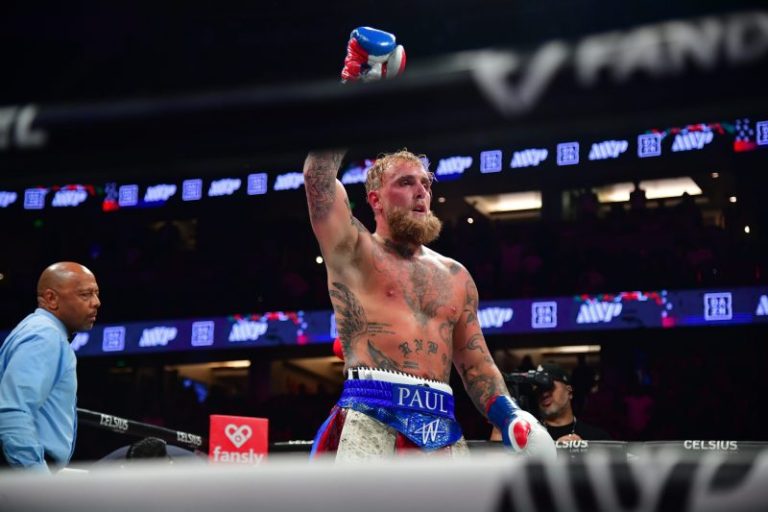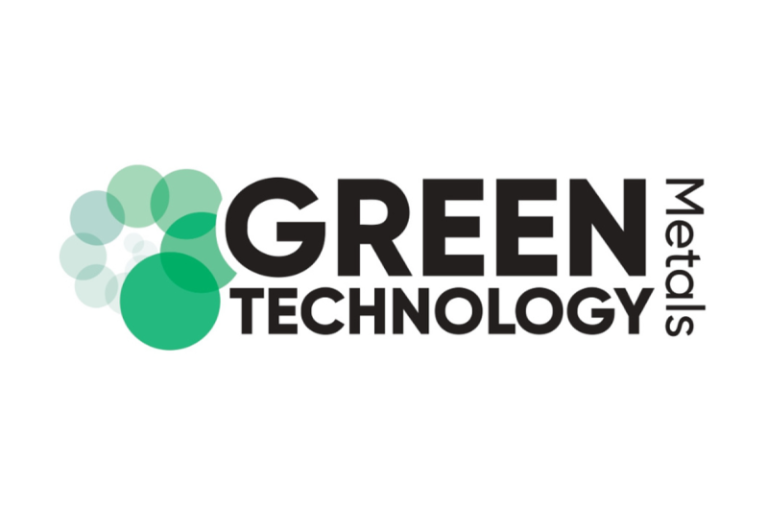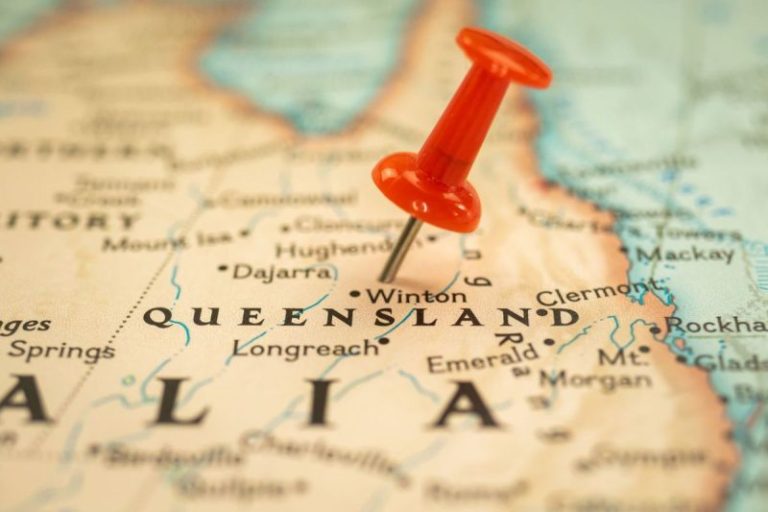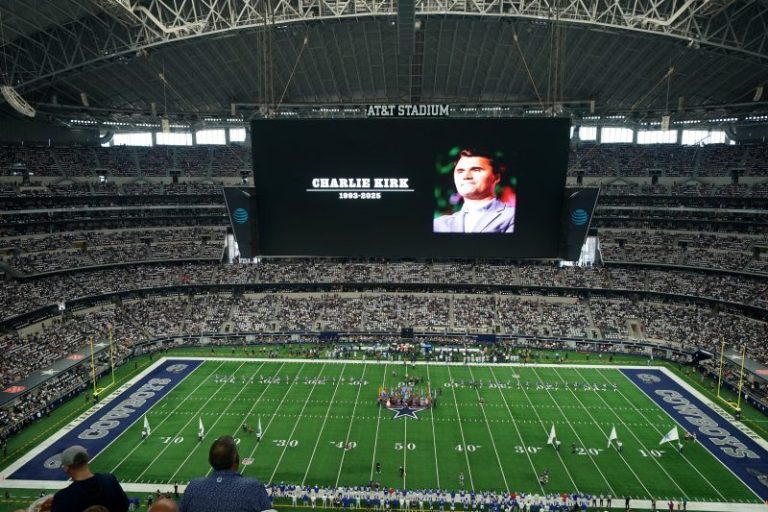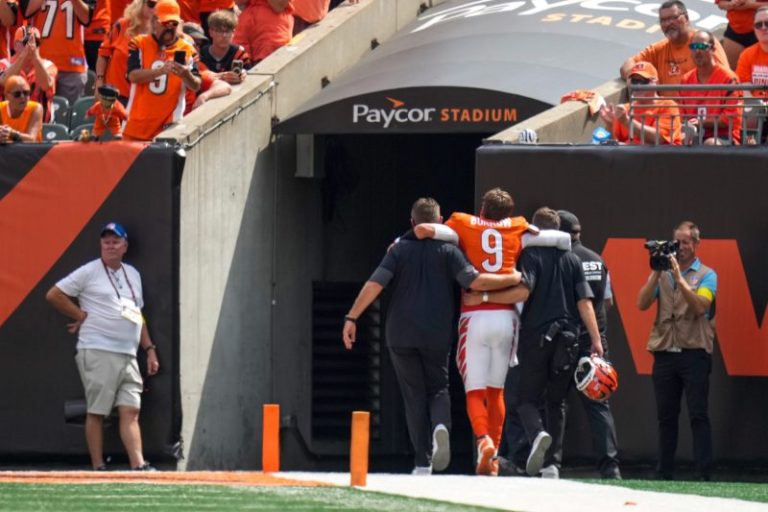- Several major sports leagues and teams held moments of silence for conservative commentator Charlie Kirk following his death.
- Sports are often seen as a unifying force in society, but these memorials widened national divisions, Armour writes.
- The White House commended the sports organizations for honoring Kirk, stating the tributes reflected admiration for his work.
In our most troubled, turbulent times, sports have been our healer. They’ve been a source of comfort and unity, one of the few places we know we’ll find common ground with our fellow Americans.
Not this past weekend, however.
With their moments of silence for Charlie Kirk, the NFL, NASCAR, New York Yankees, Chicago Cubs and some college football teams chose to glorify someone whose career was built on driving this country apart.
One of the beauties of sports is the idea that they are the great equalizer. Your color, gender, sexual orientation, how much money you have — it all becomes irrelevant when you step on the field. It’s your physical skill, determination and ability to play well with others that matters.
It’s why parents put their kids in sports at an early age, to help teach them the life lessons of commitment, cooperation and resilience. It’s why many of us continue to play as adults, a means of connecting with people we might otherwise not.
And it’s why we’re drawn to sports in the worst of times. They are our communal bond, a reminder that we’re stronger together than apart. They offer us a way to move forward — if we want it.
“The U.S. could learn a lot from our locker room. I think the people in this world could learn a lot from our locker room. You walk into our locker room, and you’ve got guys of different races, guys of different backgrounds, different religions. And you’ve got a team that loves each other,” Oregon coach Dan Lanning said when he was asked about Kirk’s killing after Saturday’s game.
“Tons of differences, tons of differences. Where they come from, what they deal with. And, ultimately, you’ve got a team that loves each other,” Lanning said. “I think we’re missing some of that in our country.”
It cannot be one-sided, however, and that’s why the memorials to Kirk were so problematic.
Kirk did not simply disagree with people who looked, loved and believed differently than he did. He demonized and ridiculed them and did what he could to make their lives hell.
He denied the intelligence of former First Lady Michelle Obama and Supreme Court justice Ketanji Brown Jackson, among other rivals, saying that the Black women lacked the “brain processing power to otherwise be taken really seriously. You had to go steal a White person’s slot.”
He said the Civil Rights Act was a “huge mistake.”
Kirk pushed for women to return to the stereotypical, stifling roles of the 1950s, telling Taylor Swift after she got engaged that she should “submit” to her husband. He also told the billionaire pop star, recognized as both one of the best songwriters of her generation and the savviest businesswoman, that “you’re not in charge.”
Kirk mocked Islam, promoted the racist Great Replacement theory, opposed same-sex marriage and said some gun deaths were “worth it” to preserve the Second Amendment. He said then-President Joe Biden should be “put in prison and/or given the death penalty for his crimes against America.”
(It’s telling that none of the tributes to Kirk included things he actually said.)
And though Kirk styled himself as a champion of free speech, he created an enemies list of college professors he disagreed with. The harassment some of these educators were then subjected to was so bad they feared for their safety. He proclaimed to be a Christian, yet too many of his words and deeds were the exact opposite of what Christ preached.
This brand of ugliness is tearing our country apart, and everyone — Democrat or Republican, red state or blue state — should be condemning it at full throat. Instead, Kirk was treated like a venerable statesman before several sporting events over the weekend.
‘These tributes reflect the widespread admiration for Kirk’s dedication to inspiring the next generation of American Patriots,’ the White House said in a statement Monday. ‘We commend these organizations for honoring a figure who championed the values that unite us all, and we join the nation in celebrating his legacy.’
The White House, and Kirk’s followers, see him in a way so many others do not. In a way that does not reflect what he actually stood for. The tributes and public memorials might have comforted his followers, but the same cannot be said for the rest of the country.
Sports has the power to bridge our country’s divides. These memorials to Kirk at sporting events only served to widen them.
Follow USA TODAY Sports columnist Nancy Armour on social media @nrarmour.
(This column has been updated with additional information.)
This post appeared first on USA TODAY

